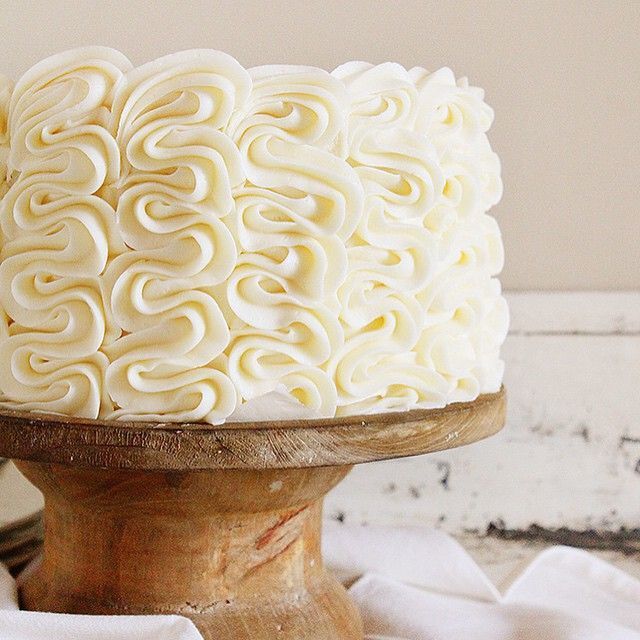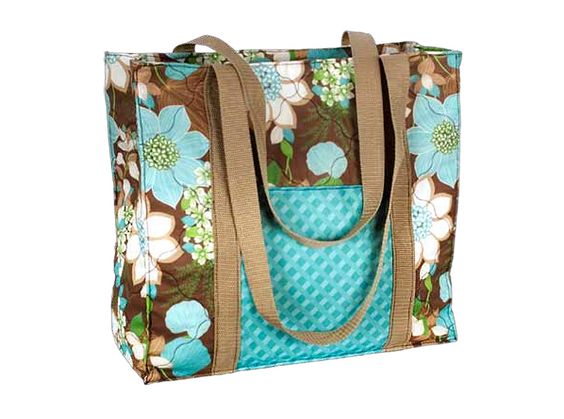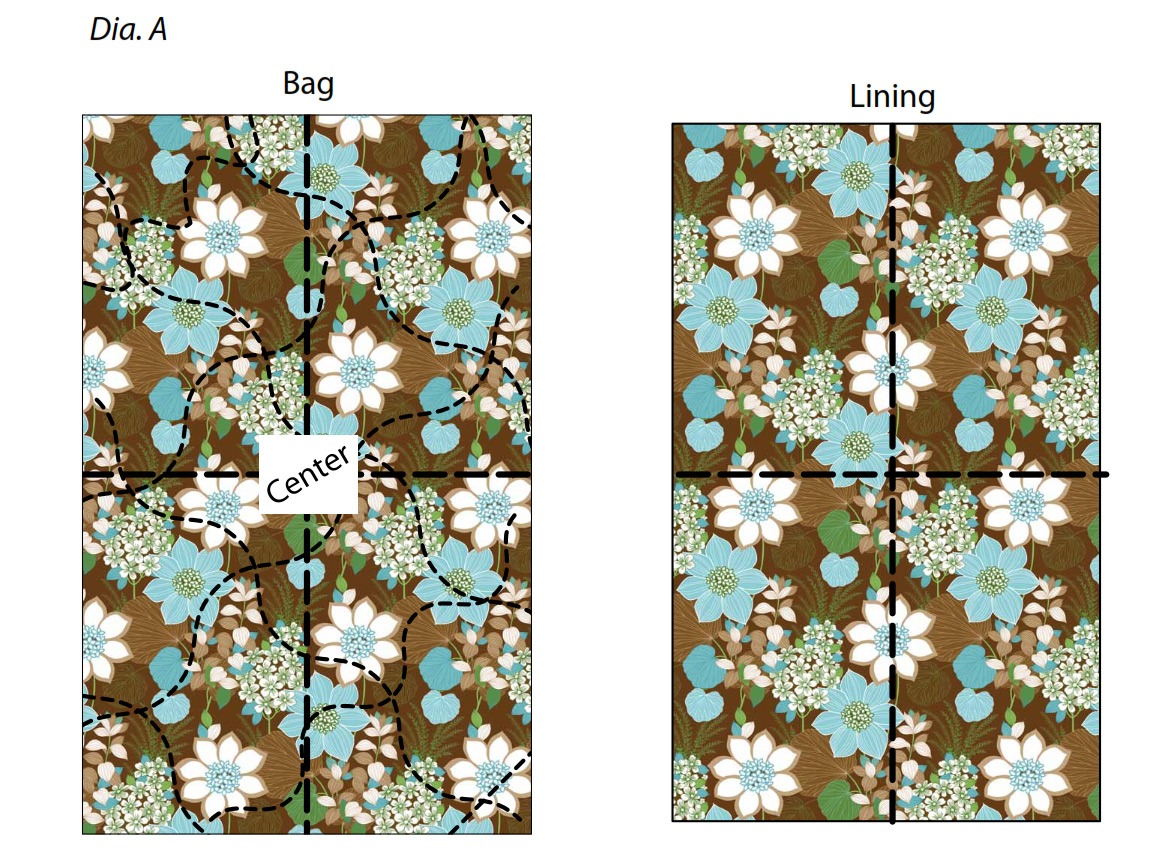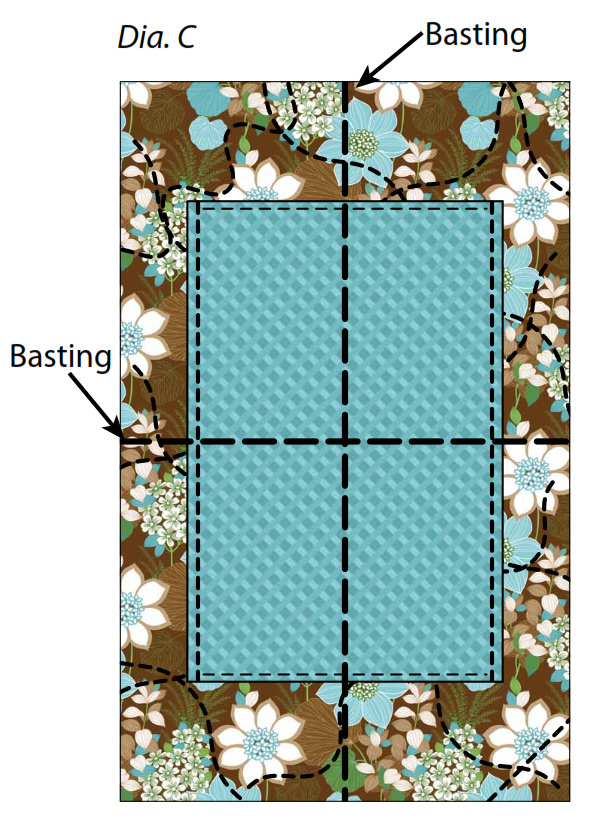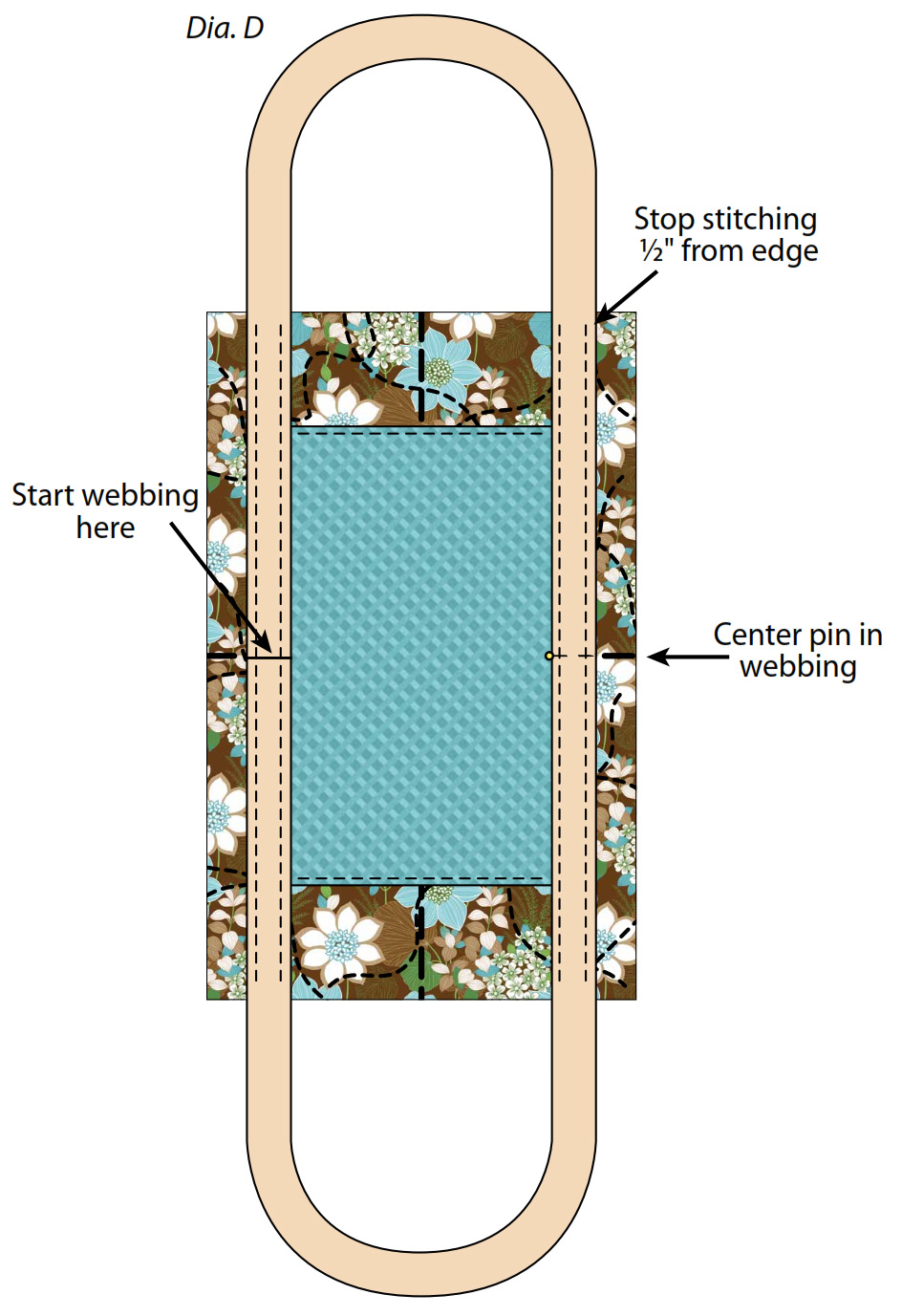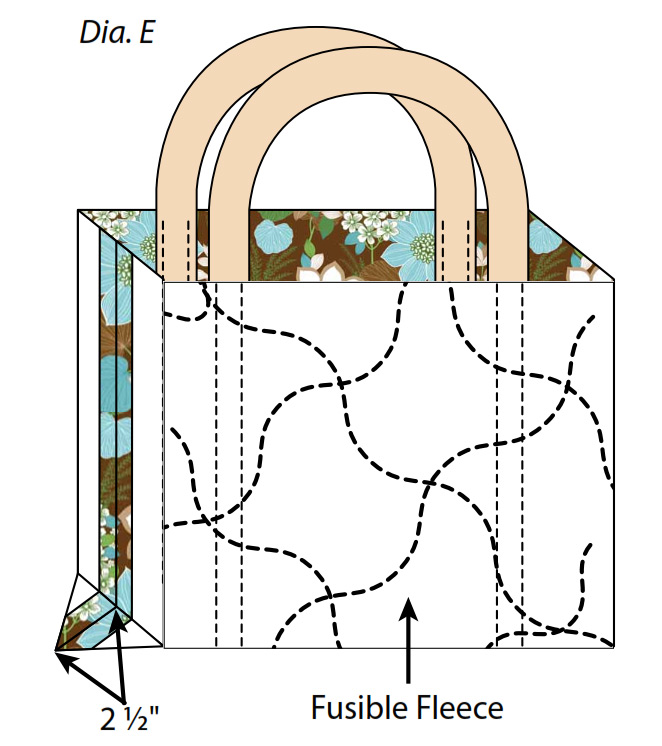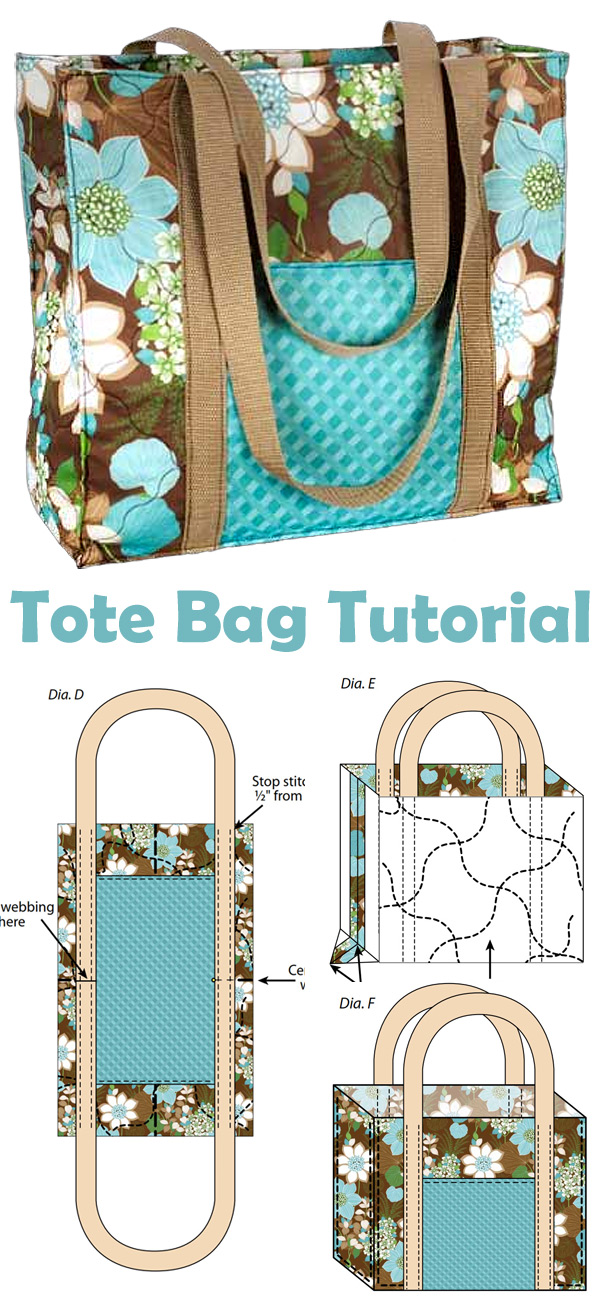When it comes to cake decorating, achieving the perfect crusting buttercream can make all the difference. This versatile frosting is not only smooth and easy to work with but also dries to a lovely, firm finish that holds its shape beautifully. Whether you’re creating intricate piping designs, smoothing out the surface of your cakes, or just adding a simple, elegant touch, the perfect crusting buttercream is a game-changer. In this guide, we’ll explore how to make this ideal frosting, share tips for getting the texture just right, and discuss how to use it to elevate your baking projects. Let’s dive into creating that perfect, flawless
INGREDIENTS
- 7 ½ cups (2 pounds / 937 g) confectioners’ sugar
- 1 cup shortening (or ½ cup room temperature butter and ½ cup shortening)
- 2 teaspoons vanilla extract (use clear for white frosting)
- ½-¾ cup whole milk (adjust for desired consistency)
- 1 pinch kosher salt
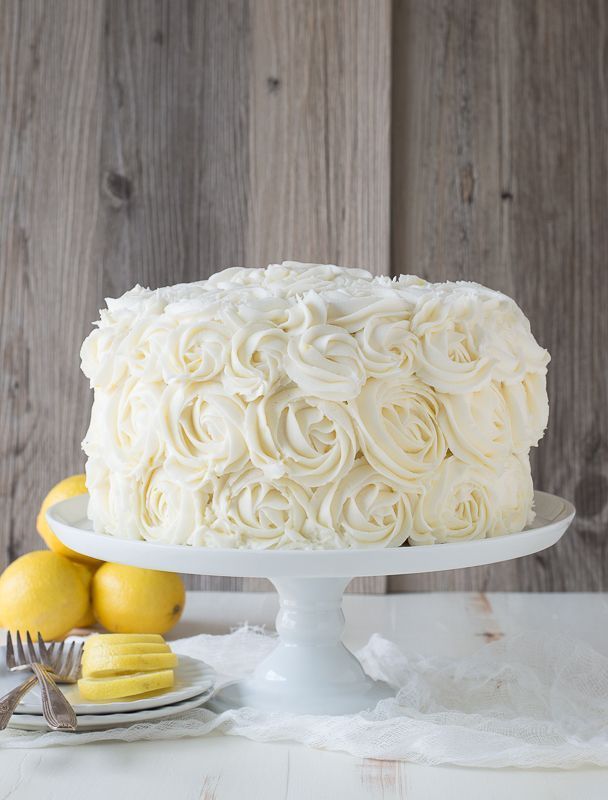
INSTRUCTIONS
Method 1: Using Shortening
- In the bowl of a stand mixer with the paddle attachment, cream the shortening and vanilla extract together for 2-4 minutes until smooth.
- Gradually add the confectioners’ sugar, one cup at a time. If the mixer struggles, slowly incorporate milk. Use more milk for a creamier consistency and less for a stiffer texture.
- Add a pinch of kosher salt and mix until everything is fully combined.
Method 2: Using Butter and Shortening
- Place the room temperature butter and shortening into the stand mixer bowl. Add the entire 2-pound bag of confectioners’ sugar on top, followed by the vanilla extract, ½ cup of milk, and a pinch of salt.
- Start mixing on low speed until all ingredients are combined. Then, increase to medium-high speed and mix for 2-4 minutes.
- Adjust the consistency by adding more milk, if needed, until you reach your desired texture.

